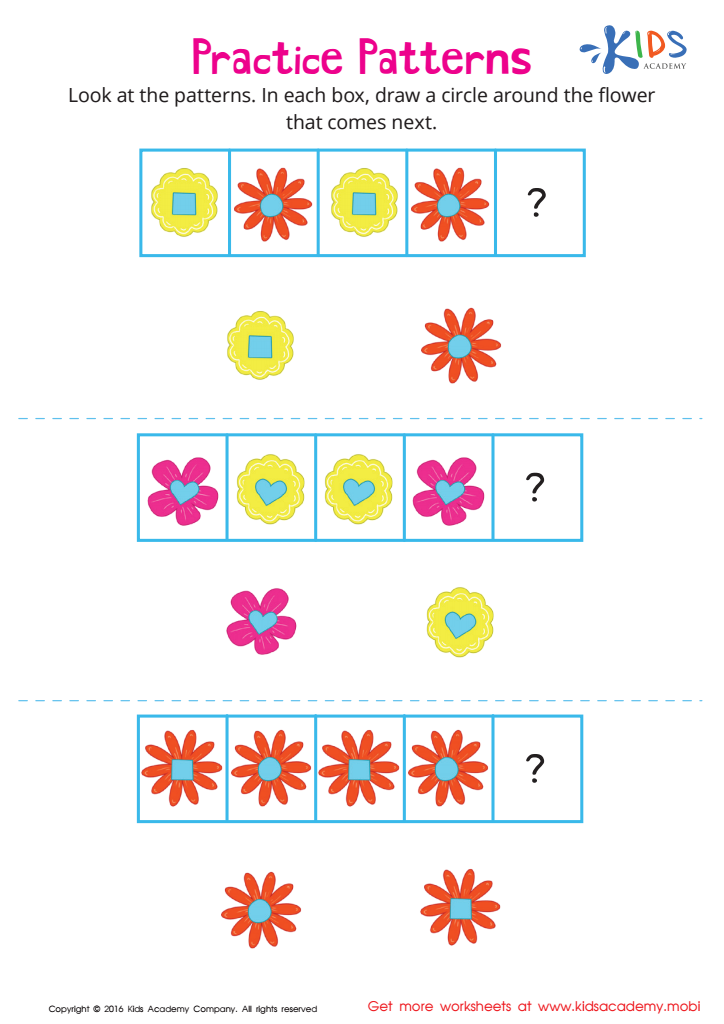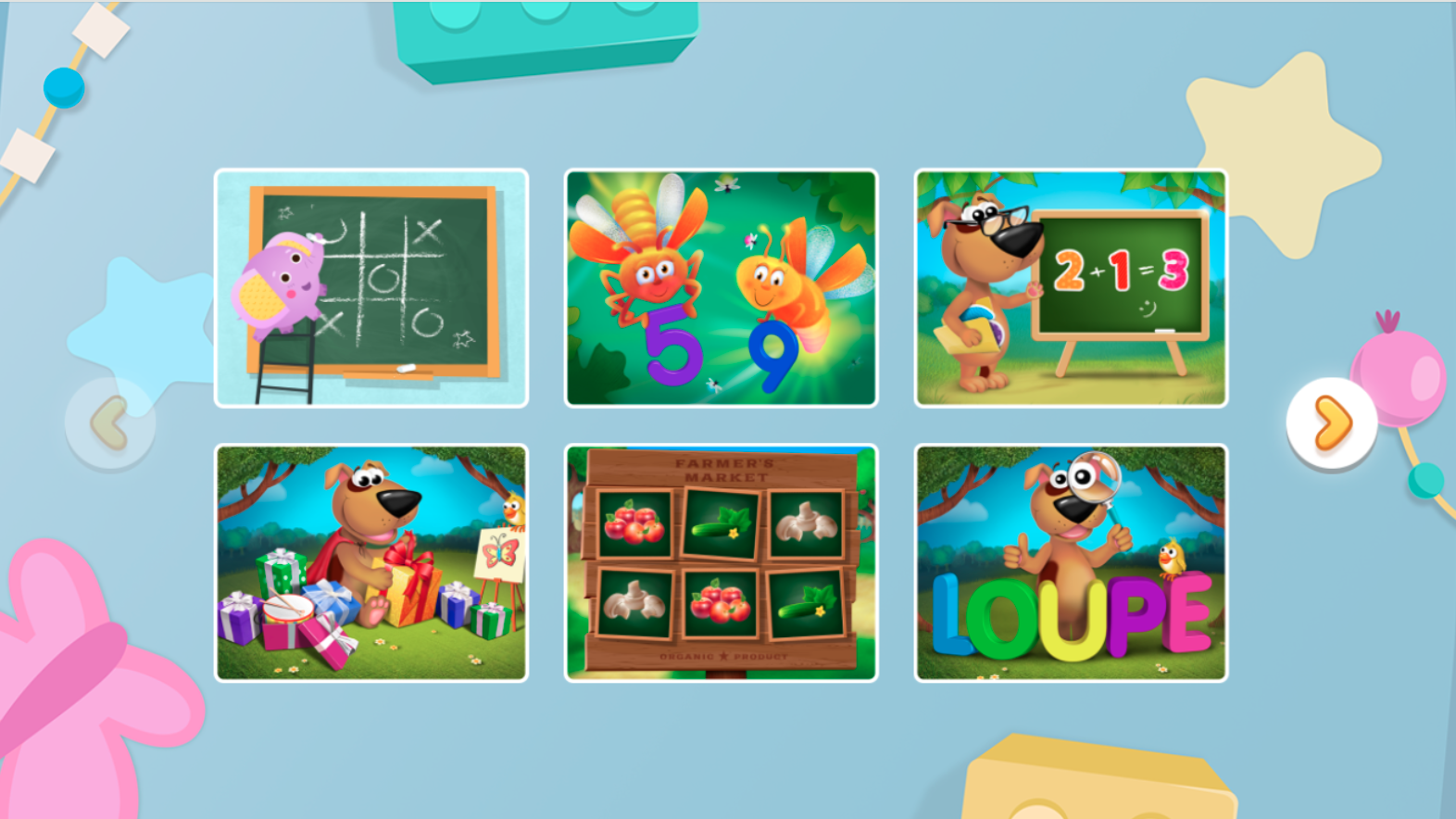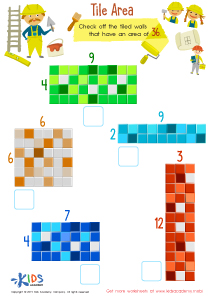Pattern recognition Normal Matching Worksheets for Ages 4-6
6 filtered results
-
From - To
Enhance your child's early learning journey with our engaging Pattern Recognition Normal Matching Worksheets, specially designed for ages 4-6. These interactive worksheets help young learners develop fundamental skills by recognizing and matching patterns in a fun and colorful way. By engaging with our activities, children will improve their ability to identify similarities and differences, laying a strong foundation for future math concepts. Ideal for both classroom and home learning environments, these worksheets encourage critical thinking and boost cognitive development. Unlock your child's potential and make learning enjoyable with our expertly crafted pattern recognition resources! Explore our collection and watch them thrive!
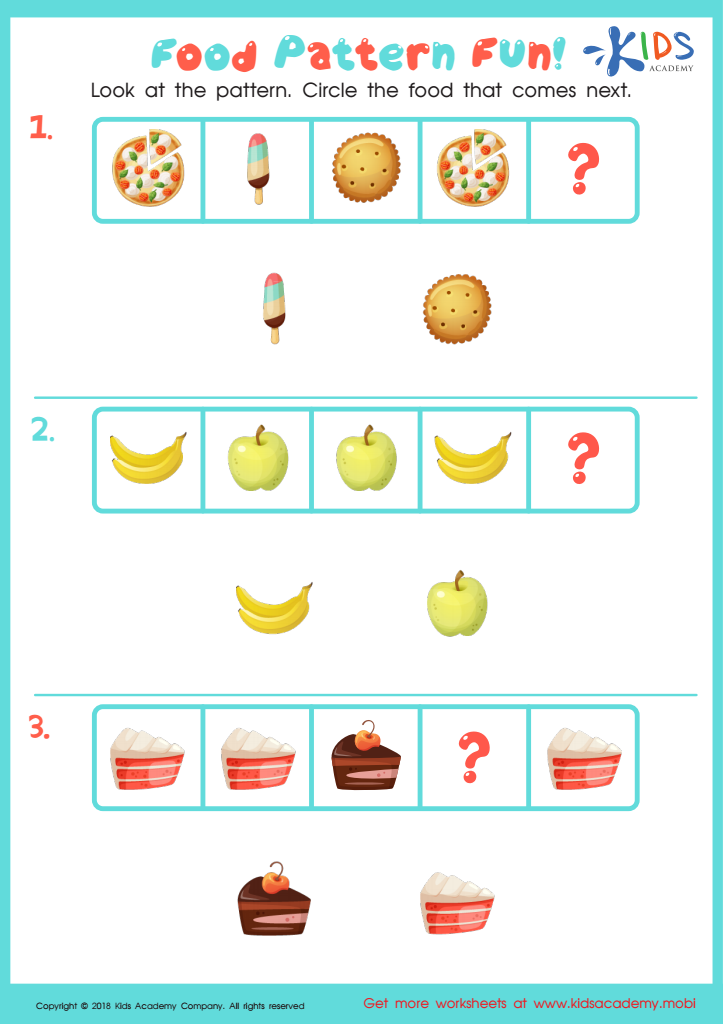

Food Pattern Fun Worksheet
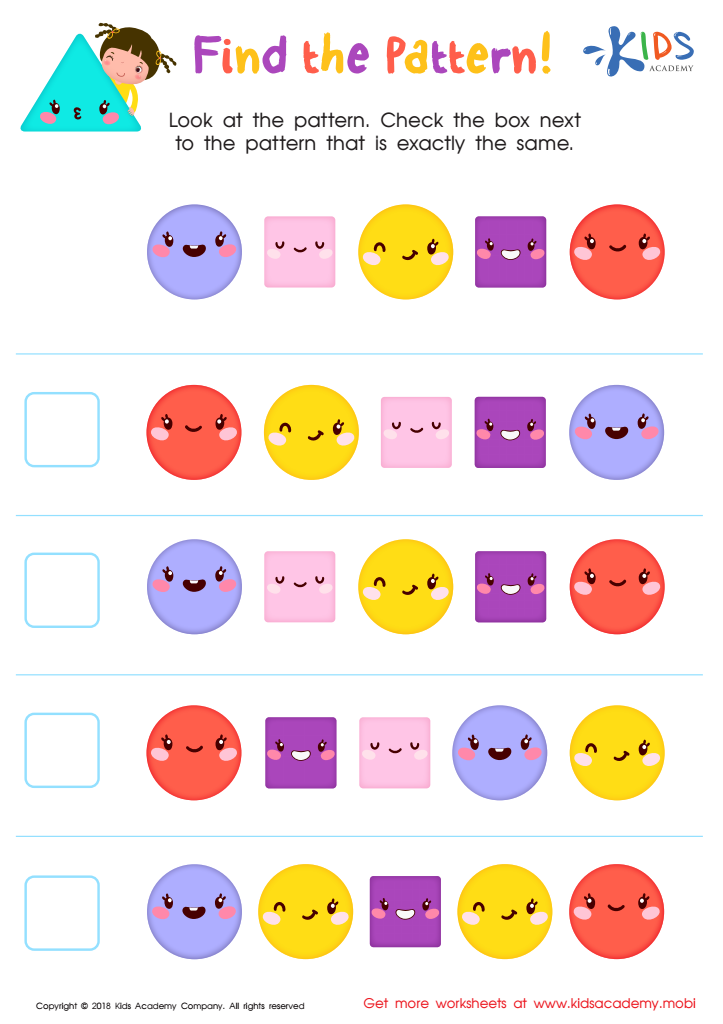

Find the Pattern Worksheet
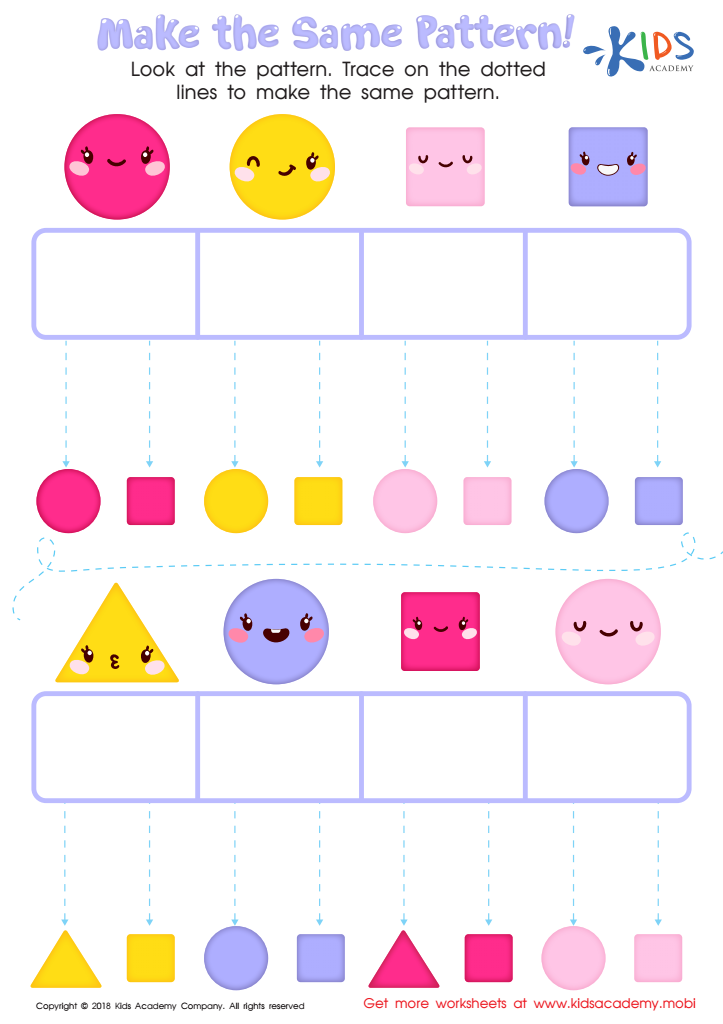

Make the Same Pattern Worksheet


Logic Game Sorting Worksheet
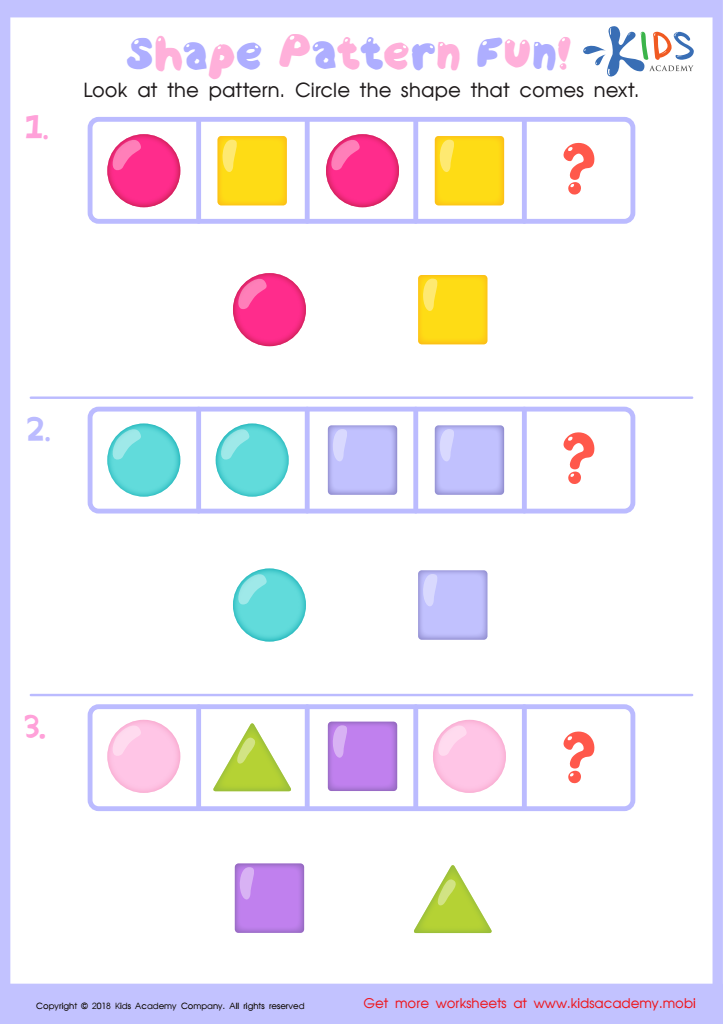

Shape Pattern Fun Worksheet
Pattern recognition and normal matching are crucial skills for children aged 4-6, as they lay the foundation for future learning in mathematics, literacy, and critical thinking. During this developmental stage, children are naturally drawn to recognizing patterns in their environment. By engaging them in activities that promote pattern recognition—such as identifying shapes, colors, or sequences—parents and teachers can enhance cognitive development and improve problem-solving skills.
Understanding patterns helps children make connections, predict outcomes, and organize their thoughts. For example, recognizing numerical patterns can easily translate to future mathematical concepts like addition or subtraction, leading to greater confidence and competence in math as they progress.
Furthermore, matching activities foster early literacy skills by encouraging children to associate words with pictures, sounds, or concepts, which aids in reading readiness. Engaging children in these activities fosters curiosity, encourages exploration, and supports social skills through collaborative play, making learning a fun and interactive experience.
By nurturing pattern recognition and normal matching skills, parents and teachers are setting children on a pathway to academic success, critical thinking, and a lifelong love for learning. Ultimately, investing in these areas significantly enriches a child’s educational journey.
 Assign to My Students
Assign to My Students
